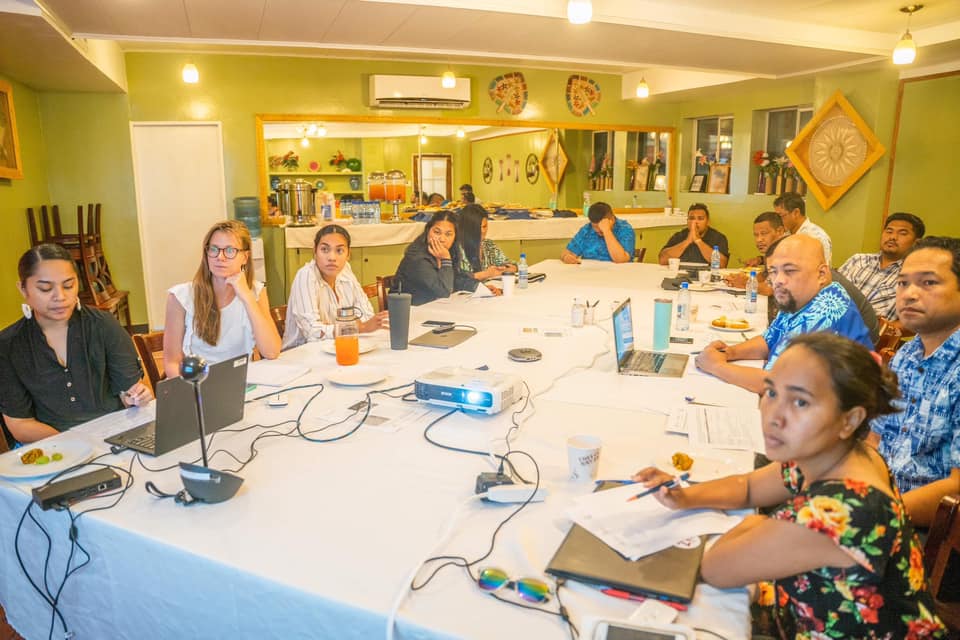The exercise of the Environmental Authority in the framework of the implementation of the REM
There are several exercises that take place within the framework of the implementation of the REM, for example, the Prevention, Control and Surveillance tours that are carried out inside and in the area of influence of Cahuinarí NP and that are part of the institutional mission of PNN.
It is the traditional person who decides whether or not the tour can be done and under what regulations. The interesting thing about this exercise in the PA is that the traditional and cultural component has been included in the tours, which is why, prior to each outing, a night meeting is held so that in the midst of the wisdom of the mambe, the ambil and coca, the tour that is going to be done is conjured.
At the end of each Control and Surveillance tour, the results of the exercise must be socialized and discussed in a meeting under the same conditions as the initial one, and it is also used to try to find out if anyone in the team has contracted any disease before returning home. This is due to the fact that many places in the territory where the tours are conducted are sacred sites and if there is not a good preparation or disposition it is very likely that some type of disease is acquired, therefore the traditional one must conduct a night session of mambeo after these tours to "get the possible disease out of the body".
